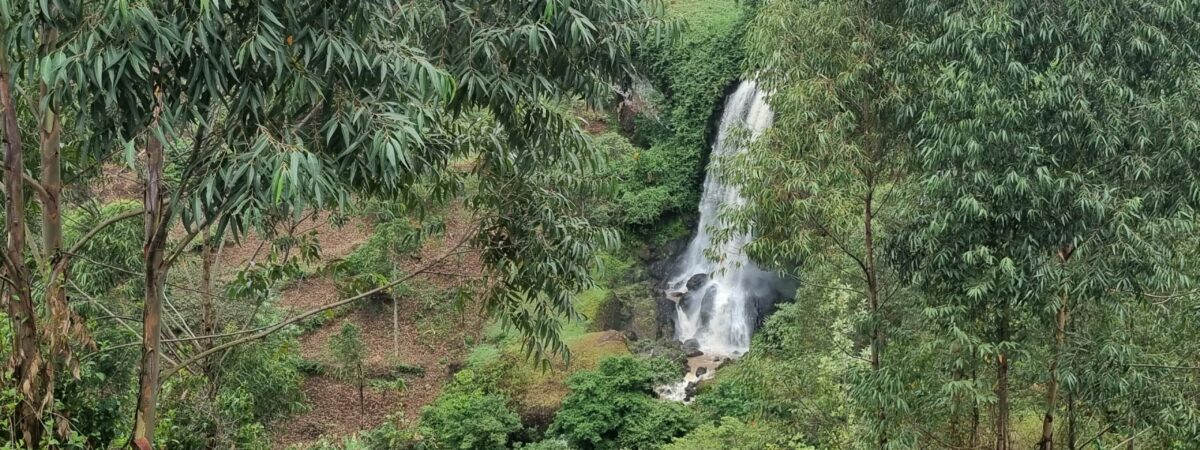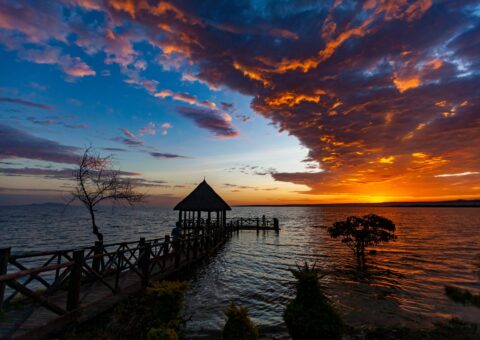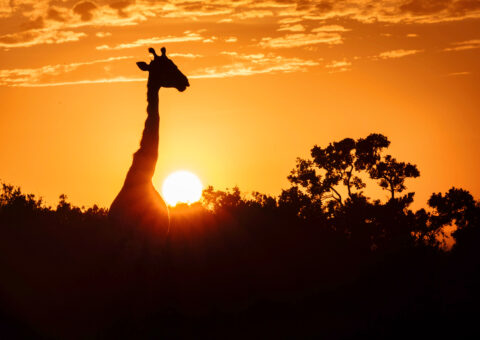Embu town springs up from the Embu-Nairobi Highway like a termite hill. A three-hour journey from Kenya’s capital Nairobi, it is the centre of Embu County, which is in Kenya’s eastern region, and has a mostly rural population. It is ideal for nature lovers who also want a local Kenyan town experience steeped in historical narratives that stretch back centuries.
The town is adjacent to Africa’s second tallest mountain, Mt. Kenya, and therefore enjoys a cool climate that matches perfectly with its rolling highlands and lowlands. Local expert Soila Kenya reveals the insider’s secrets of this often overlooked Kenyan getaway.
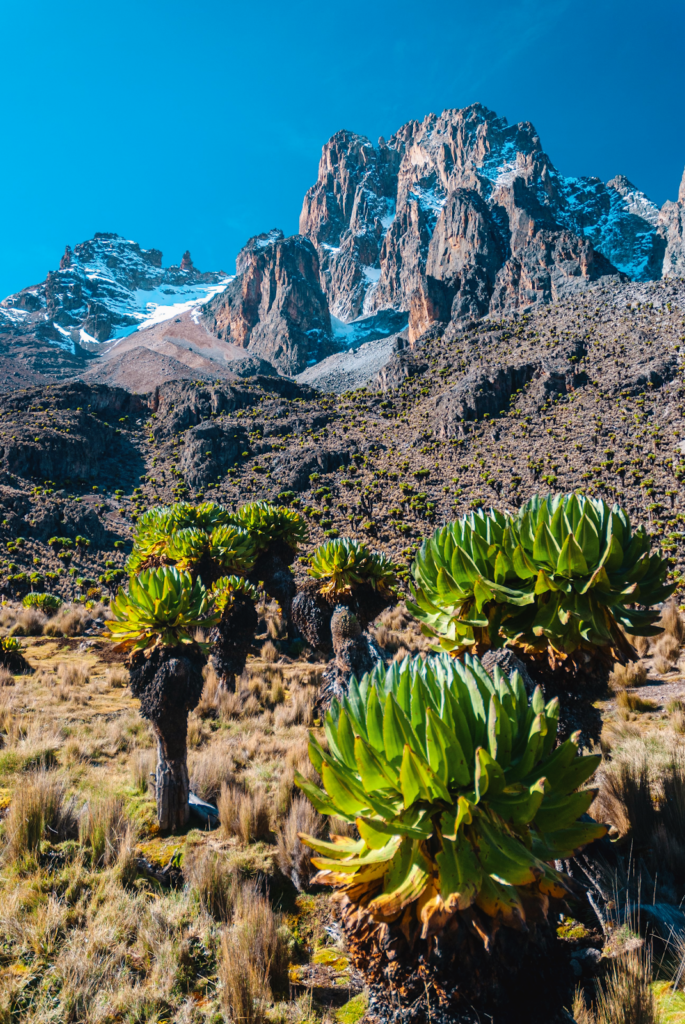
Upon Arrival
After a visitor arrives in my town, I always recommend going straight to Izaak Walton Inn because it is the premier hotel in Embu. It provides a serene leafy environment with a swimming pool, sauna, gym, lounge, bar, and restaurant.
The best time to be here is December and January. That’s when the weather is relatively hot, making it much easier to explore some of the wetter rainforests that are otherwise quite muddy and waterlogged, which can make it difficult to trek through in the rainier seasons. It also provides better weather for those who would like to go swimming in the many waterfalls around the town.
I tell first-time travellers to come with durable clothes and shoes for hiking. I also tell them to avoid littering because, as an agricultural town, there is a lot of greenery and outdoor space that should be preserved.
People from here know better than to frequent the really loud nightclubs in town at night. Newcomers are targeted by thieves and may be drugged and robbed. Instead, they would rather spend their evenings in their hotels, which have great activities, restaurants, and bars.
A good historical sight to start your journey and get a good sense of this town is the Embu Scouts Camp, which is near the University of Embu. The founder of the global Scouts organisation, Sir Robert Baden-Powell, has a strong connection with Kenya and lived out a huge chunk of his life in the country. He is buried in Nyeri County, about a two-hour drive away from Embu County.
Parents should take their kids to Izaak Walton Inn, Mountain Breeze Hotel, Panesic Hotel, or Royal Minni Inn because they all have swimming pools. This is an easy activity for kids to have fun during the sunny months while allowing their guardians a chance to eat and relax by the pool.
Food from the Heart
Among the food (or dishes) my town is most proud of, kirurio, a porridge popular among the Embu and Meru people, is an absolute must. I like to go to Chrismit Café to really enjoy it.
When we get together to celebrate, muratina is what people here traditionally drink. It has a distinctly mild sour taste with a pinch of sweetness. It is prepared by fermenting fruits from the “sausage tree” (named so because the fruits are sausage-shaped) in combination with sugarcane juice and honey. Because it is an unlicensed brew it is not openly sold, but once you are in town you can find your way to a seller by asking around. It is popular among not just the people of Embu, but the wider Central Kenya region residents like the Kikuyu.
When I eat completely local, I will go to Chrismit Café. I know the food here is great if you want a taste of the traditional foods in the area, like githeri (a mixture of maize/corn and beans).
Another three classic, iconic restaurants include Java, Simba Lounge, and Nile Perch. Simba Lounge also has a great bar, in case you find yourself there in the evening.
The part of town where locals come for traditional food is the market in town. Obviously this is true if you have the opportunity to prepare your own food, in which case you can get all sorts of food stuffs like meat, vegetables, and fruits. If not, any of the restaurants mentioned above will do.
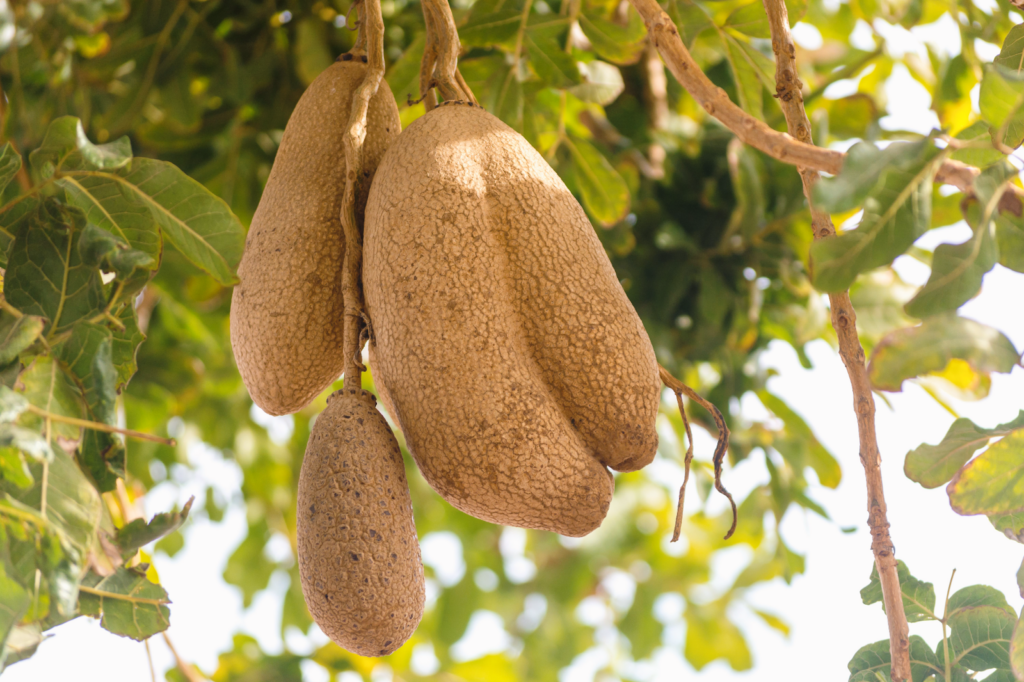
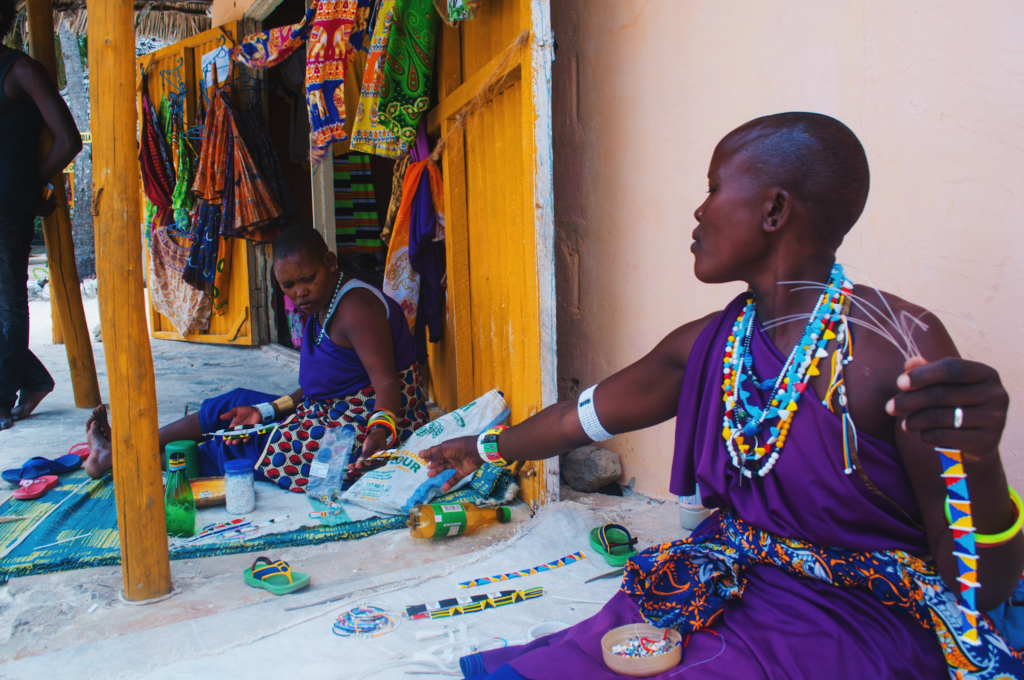
Shopping Locally
My town is notoriously known for farming muguka, which is the stimulant khat in English. Though the growth of this plant, whose leaves are chewed, has been a great windfall in terms of income for the families in the area (it sells much higher than traditionally grown food crops), the narcotic plant is being abused by men in the county and poses other concerns like reduced food crop output for Kenya as a whole.
The best outdoor food market in Embu is the market in the middle of the town centre. It is also where one can find everyday items like clothes.
It is also where I take visitors to buy real, local souvenirs like beaded jewellery and other items like kikoi, which is a traditional woven cloth, or kiondo, which are sisal bags. We know to keep an eye on our belongings as we trek through the market and to wear sturdy shoes that are durable against the mud of the rainy season.
Getting Deeper Into Embu
A great book to learn more about my town is “The Living History Embu and Mbeere” by H. S. K. Mwaniki from 1973. It captures a lot of the traditional culture, religion, and heritage of the region that have been disappearing with the onset of modernity.
Most people know about Embu, but Siakago town should also be visited because it provides a different look of Embu County. It is very dry and arid as opposed to the areas around Embu, which are more lush and green. You can also see the Thiba and Nyamindi Rivers.
My town is a place people are attracted to because of the many opportunities to go hiking and generally enjoy outdoor activities. There are several local hiking groups and companies that can facilitate your journey from Nairobi to one of the many hiking trails in Embu.
To really celebrate my town at its best, come during the sunny months because it’s easier to hike.
Most people think of my town as a place to stopover as you travel to other towns in Central Kenya, but really this is a destination that provides just as much diversity of things to do. Like the more popular Central Kenyan towns, it has the same offerings of mountains, forests, and wildlife to enjoy.
This is one of the best places in the world to experience local Kenyan food. Locals are proud of that because Embu is a mainly agricultural town and prides itself on its mangoes and pawpaw fruits. The Mwea Irrigation Scheme is also in the county next door on your way to Embu and is a great place to buy local Kenyan rice.
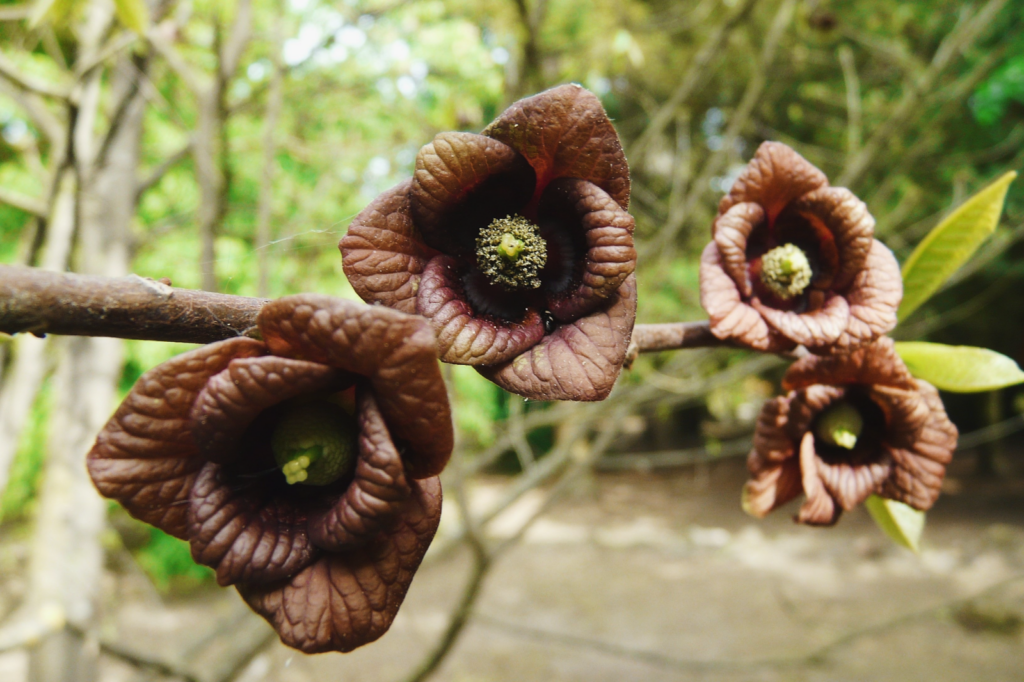
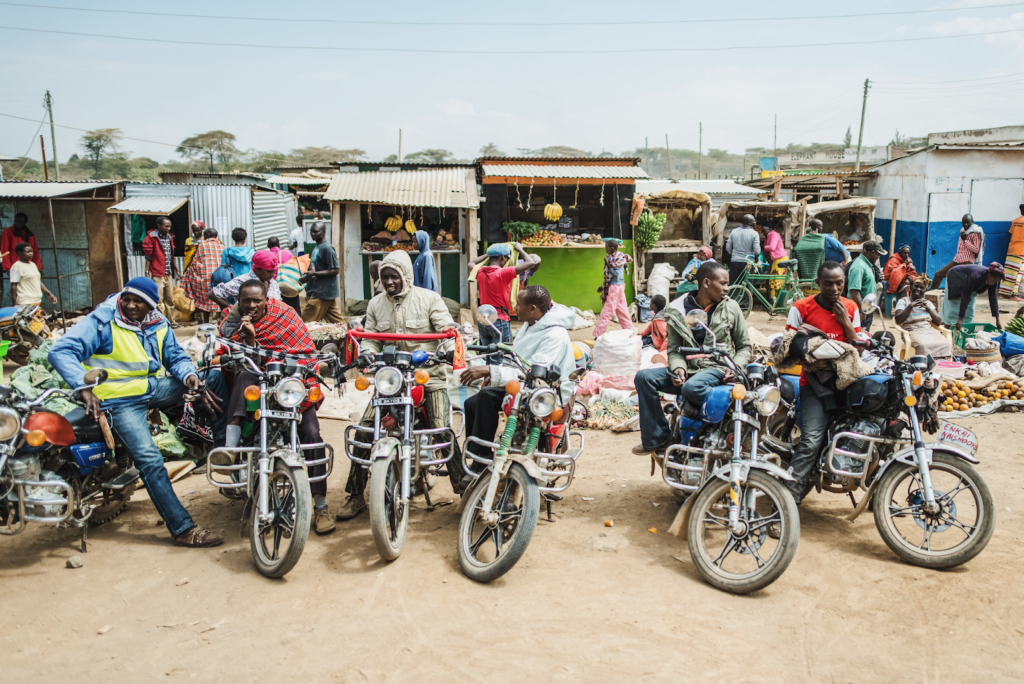
Getting Around Embu
One thing you should know about getting around my town is that the public transport options are less obvious for a visitor who doesn’t already know how to get around. The two options are boda bodas, which are motorcycles that can take you to an exact location for a fee, or matatus, which are 14-seater minivans that have designated drop-off and pick-up areas and are therefore less flexible but cheaper.
The best way to travel in my town to have as little impact as possible is with a personal vehicle.
Luckily this method of transportation also allows me to travel outside of the town centre much more easily and have control over my itinerary when travelling early in the morning or late at night, especially due to security concerns when it is dark.
Outside the Town
To get away and into the outdoors, I like to got to Kîrîmîri Forest. It’s great for a day hike and starts at the beautiful Nthenge Njeru Waterfalls.
For a day trip just beyond my town, I like to visit Mwea National Reserve. It is a nature reserve maintained and protected by the Kenya Wildlife Service. It has a savannah ecosystem and is mostly known for its wide range of wildlife attractions that include elephants, giraffes, zebras, lesser kudu, buffalo, bucks, impala, monkeys, aardvarks, baboons, and many other animals. However, there are no wildcats at the reserve.
Many people will head to Nthenge Njeru Waterfall, but locals know to go to Ndunda Waterfall in the Njukiri Forest, where you can enjoy hiking and nature walks, a canopy walk, and ziplining.
I really enjoy the view of my town from Karue Hill.
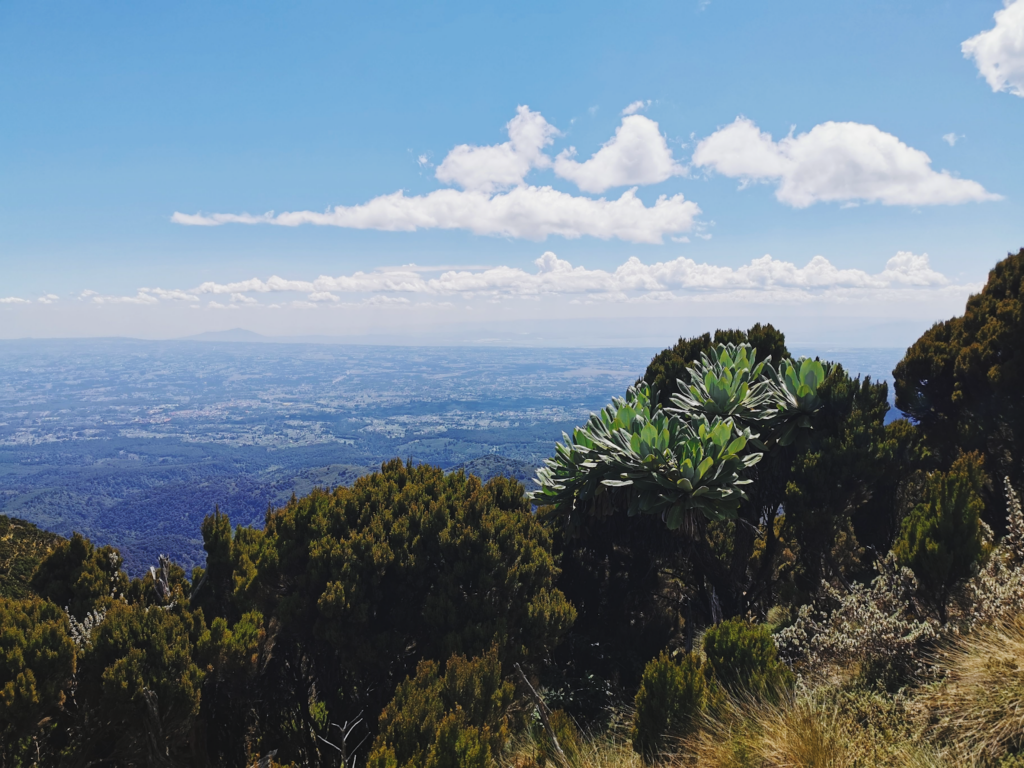

Connecting with Locals
When I want to have fun and celebrate being out in my town, I go to the market in town. Speaking with the sellers there as you do some window shopping is always interesting, as you learn about the things that bother them in their daily life.
To hang out with my friends and go to a real insider spot, I go to Nile Perch, where I enjoy their good food.
The best resource for finding out what’s going on around town is word of mouth. As you visit different restaurants and hotels, always ask the wait staff for recommendations on events taking place during your stay.
When I want to enjoy my town without spending much (or any) money, I go on a walk through the University of Embu campus, which has large tracts of forest with five dams hidden within.
Simba Lounge is my first choice for music because it has a great vibe. It is a local spot where you can also dance.
Finding Solitude in Embu
When I want to go somewhere to sit and meditate about my incredible town, I go to Karue Hill, which is about a 30-minute drive outside Embu. Lying at 1600 metres above sea level, it provides a relatively short hike. Because of the arrangement of the prehistoric rock formations, there are natural “seats” that are ideal for some relaxing time, either alone or with a companion. Locals find it great as a romantic spot for lovers. Embu people associate these grand natural phenomena (waterfalls and high places like hills and mountains) with the presence of God and some come here specifically for a more spiritual experience.
If I chose the one place that makes me most proud of my town, it would have to be the Seven Forks Hydro Stations because it consists of seven dams that were built along the lower part of Tana River. The five dams that make up the scheme (Masinga Power Station, Gitaru Power Station, Kamburu Power Station, Kindaruma Power Station, and the Kiambere Power Station) are responsible for much of the electricity used in the country and contribute to making Kenya one of the world’s leaders in renewable energy use.
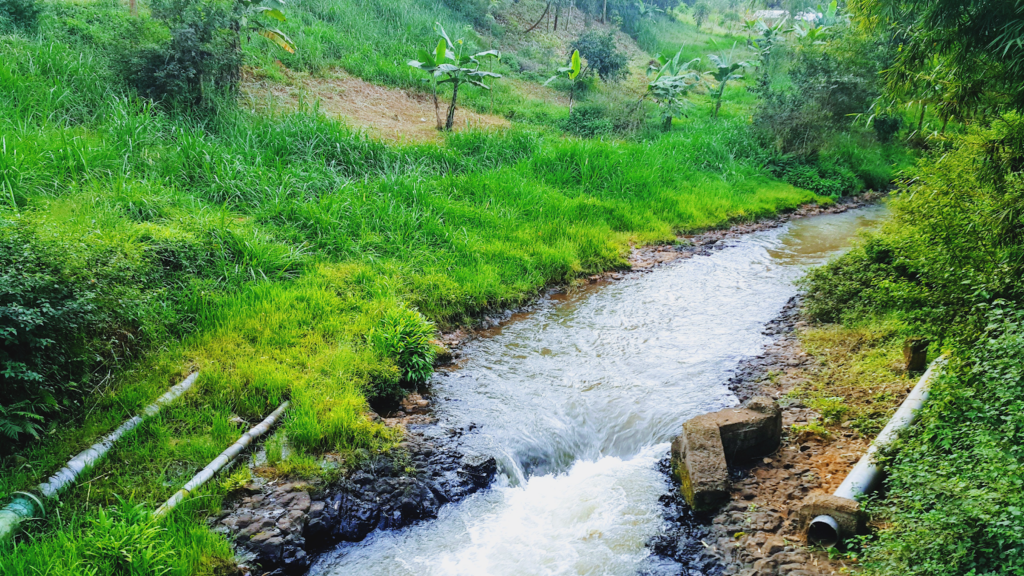
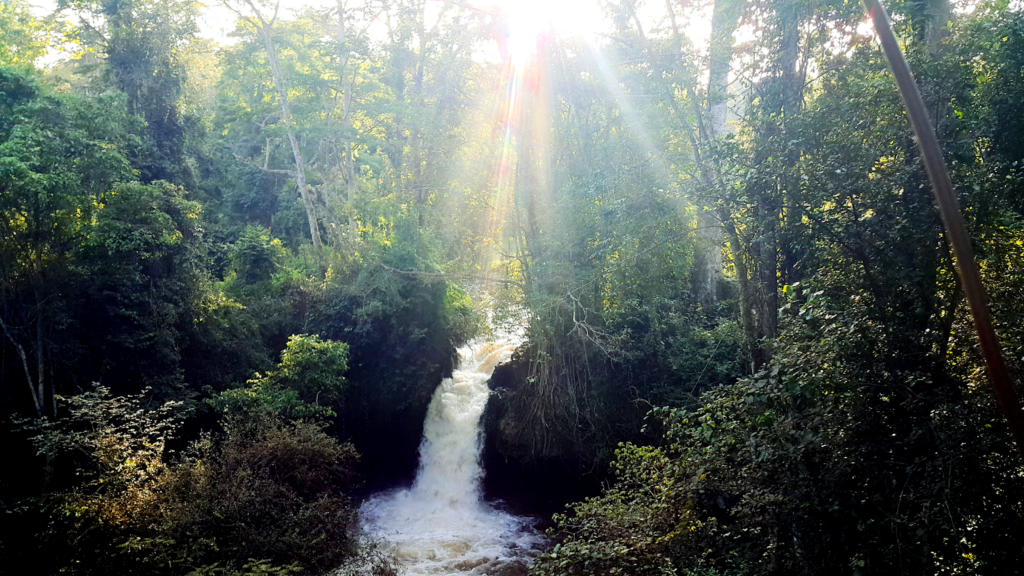
When the Seasons Change, The Town Shines
As Kenya lies squarely at the equator, we do not experience the four seasons, but rather periods of heavy rains, short rains, and sunny months.
I always recommend people visit in the sunny months (December to January) because they have time off work during the Christmas holiday and New Year’s and can enjoy trekking through the usually soggy and muddy rainforests with less hassle. It will also be easier to enjoy the many waterfalls, in case you want to take a dip in nature.
The colder months (July to August) here are magical because of the fog and chilly fresh air. As the town is close to Kenya’s tallest mountain, Mt. Kenya, it receives a fair amount of rainfall, so the outdoors are filled with so much greenery that thrives during these months.

